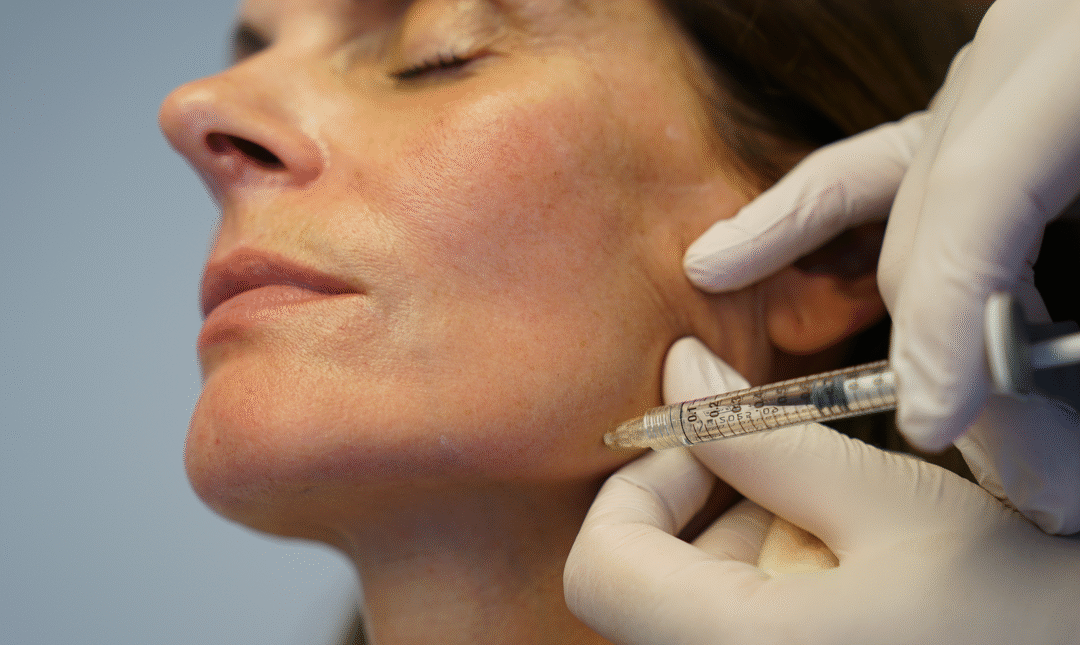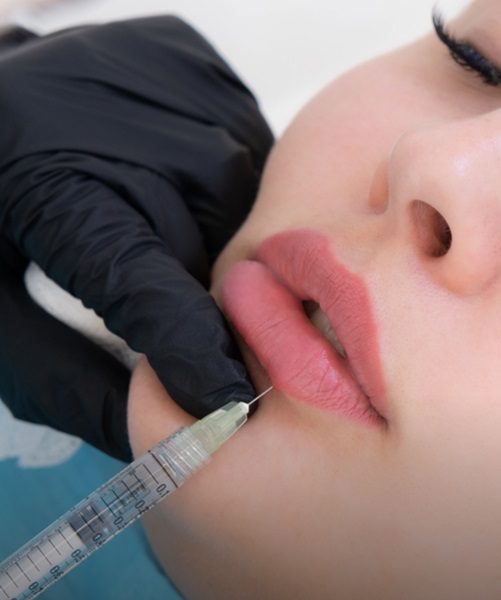For many people seeking orthodontic treatment, aligners in Dubai offer a discreet and convenient alternative to traditional braces. One key component that often accompanies clear aligner therapy is the use of aligner attachments. These small but essential aids play a significant role in ensuring the effectiveness of your treatment. This article explores what aligner attachments are, why they are used, and what patients can expect during their orthodontic journey.
What Are Aligner Attachments:
Aligner attachments are tiny tooth-colored bumps made from composite resin, bonded to specific teeth to help aligners grip and apply precise forces. They act as anchor points that guide teeth into their desired positions more efficiently. These attachments are designed to blend with the natural tooth color, making them discreet and minimally noticeable. Without these attachments, some tooth movements might be difficult or impossible to achieve with aligners alone.
Why Are Aligner Attachments Used:
Attachments improve the effectiveness and range of tooth movements during aligner treatment. They allow for better control of complex movements such as rotations, extrusions, and root tipping, which aligners alone struggle to accomplish. By providing additional grip, attachments help the aligner stay securely in place, enhancing the treatment’s predictability and reducing the overall duration. Their use ultimately leads to more accurate and satisfactory results.
Types of Aligner Attachments:
There are several types of attachments, each designed for specific functions:
-
Ellipsoid or Oval Attachments: Help with minor tipping and rotational movements.
-
Rectangular Attachments: Provide stronger anchorage for larger tooth movements.
-
Beveled Attachments: Assist in extrusions or vertical movements of teeth.
-
Composite Bumps: Customized shapes for unique treatment needs.
Your orthodontist will determine the best type and placement based on your individual treatment plan.
How Are Aligner Attachments Applied:
Applying aligner attachments is a straightforward and painless process. First, your orthodontist cleans and prepares the tooth surface. Then, a small amount of composite resin is shaped and bonded onto the tooth using a specialized light to harden it quickly. The entire procedure typically takes just a few minutes per tooth and requires no anesthesia. Once in place, the attachments remain bonded until the completion of your treatment.
Do Attachments Affect Oral Hygiene:
Maintaining good oral hygiene with attachments requires a bit more attention but is entirely manageable. Attachments can create small crevices where plaque may accumulate, so regular brushing and flossing are essential. Using interdental brushes or water flossers can help clean around attachments more effectively. Professional dental cleanings during your aligner treatment are also recommended to keep your teeth and gums healthy.
Impact on Appearance and Comfort:
One common concern for patients is how attachments will affect the appearance of their smile and comfort level. Since attachments are tooth-colored and small, they are generally subtle and not very noticeable. Some patients might feel a slight difference in tongue sensation initially, but most adapt quickly. Unlike traditional braces, attachments do not have wires or brackets, making them a more comfortable option overall.
Adjusting to Life with Attachments:
Getting used to aligner attachments usually takes a short adjustment period. Here are some tips to help you adapt smoothly:
-
Practice Speaking: Reading aloud can help overcome any slight changes in speech.
-
Maintain Hydration: Drinking plenty of water helps prevent dryness and irritation.
-
Follow Cleaning Routine: Brush and floss carefully around attachments to avoid buildup.
-
Use Orthodontic Wax if Needed: If an attachment causes irritation, orthodontic wax can provide temporary relief.
How Attachments Influence Treatment Time:
Attachments can sometimes shorten the overall treatment time by enabling more efficient tooth movements. They improve the fit and function of aligners, reducing the need for additional refinements or extensions. However, treatment length varies depending on individual cases, and attachments are just one part of the entire orthodontic plan designed for the best results.
Are Attachments Necessary for All Patients:
Not all aligner patients will require attachments. The need depends on the complexity of tooth movements needed to achieve your ideal smile. Simple cases with minor adjustments may not require any attachments, while more complex movements almost always benefit from their use. Your orthodontist will assess your teeth and explain whether attachments are part of your personalized treatment plan.
Common Myths About Aligner Attachments:
There are several misconceptions about attachments that can cause unnecessary concern:
-
Attachments Are Very Visible: In reality, they blend with tooth color and are subtle.
-
Attachments Hurt or Cause Damage: They are painless to apply and safe for teeth.
-
Attachments Make Cleaning Impossible: With proper care, oral hygiene can be maintained.
-
Attachments Limit Eating Choices: Attachments do not restrict diet, but aligners should be removed before eating.
Clearing up these myths can help patients feel more confident and informed about their orthodontic journey.
Choosing the Right Provider for Aligners in Dubai:
If you are considering aligners in Dubai, selecting a qualified orthodontist familiar with aligner attachments is essential. Experienced providers will thoroughly evaluate your case and customize attachments to suit your unique dental needs. High-quality treatment and professional guidance ensure that attachments and aligners work together seamlessly for optimal results.
Final Thoughts:
Understanding what aligner attachments are and why they are used can make the aligner experience less intimidating and more productive. When seeking aligners in Dubai, knowing that attachments are a normal and beneficial part of treatment helps set realistic expectations. They enhance the capability of aligners to move teeth effectively, improving both the speed and quality of your smile transformation. With proper care and professional support, attachments become a small but powerful tool in achieving your perfect smile.







0 Comments